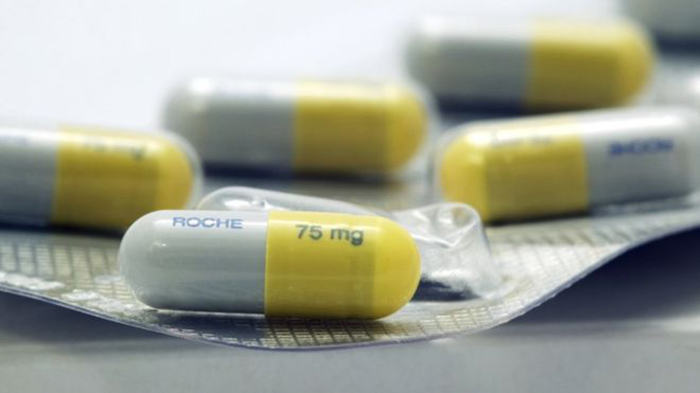Teenagers with certain conditions like severe lung disease, obesity or obstructive sleep apnea that can impair breathing may be at particular risk, the agency cautioned.
Doctors are writing fewer pediatric prescriptions for codeine, following a 2013 warning from the F.D.A. to avoid the drug after tonsil or adenoid surgery. In 2014, 1.9 million children and adolescents got prescriptions for the drug, compared with roughly 3.2 million in 2010, the agency said. But more than half were for patients younger than 12, those at greatest risk of respiratory depression.
“We can’t forbid prescribers from using their own clinical judgment to prescribe a product to anyone,” said Sarah Peddicord, a spokeswoman for the F.D.A.
Thursday’s warnings were prompted by a recent review of rare but alarming reports of life-threatening side effects from the drugs. Between January 1969 and May 2015, the F.D.A. identified 24 deaths and 40 cases of serious breathing difficulties in children younger than 18 worldwide tied to drugs that contain codeine. Of the 24 deaths, 21 occurred in children under 12.
The use of tramadol was linked to three deaths and six cases of respiratory troubles in children under 18 between January 1969 and March 2016. All of the deaths occurred outside the United States and involved tramadol given in oral drops, a formulation not available in this country. One case in the United States involved a 6-year-old who became unresponsive after a third dose of tramadol and fully recovered after two doses of naloxone, an antidote for opioid overdose.
The problem with both codeine and tramadol is that some people are “ultrarapid metabolizers” whose livers metabolize the drugs much too quickly, causing dangerously high levels of opioids to build up, said Dr. Douglas Throckmorton, the deputy director for regulatory programs at the F.D.A.’s Center for Drug Evaluation and Research. No test can identify who might metabolize the drug too quickly, and that is why the agency issued blanket warnings for children by age.
Certain ethnic groups may be especially sensitive to the drugs. Up to 10 percent of whites, for instance, are fast metabolizers, compared with up to 4 percent of African-Americans and up to 2 percent of East Asians. And more than 10 percent of people of Puerto Rican and Middle Eastern descent may be fast metabolizers.
Any breast-feeding mother could also be an ultrarapid metabolizer and not know it, and unwittingly pass on high levels of opioids to her nursing baby through breast milk. Excessive sleepiness, limpness, breathing troubles or even death can result.
“Because we can’t easily determine which children or nursing mothers specifically are at greater risk of ultrarapid metabolism of codeine and tramadol, today we are requiring manufacturers of prescription codeine and tramadol products to make important labeling changes to protect those children who are at greater risk,” Dr. Throckmorton said.
More about: #painkiller #FDA #children
















































